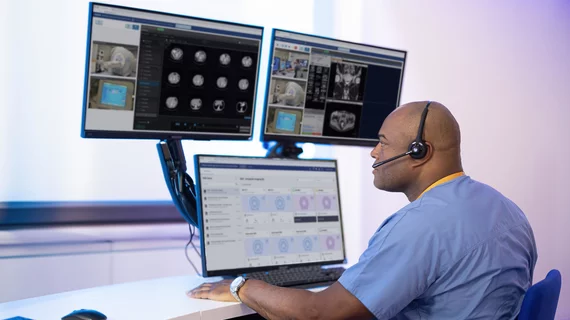Approximately 50 percent of U.S. hospitals and 40 percent of U.S. physicians in ambulatory practice possess some type of patient portal technology, mostly acquired as a module of their practice management (PM) or electronic health record (EHR) system. While the availability of patient portals does not necessarily translate into active provider or patient use, the technology is emerging as the key platform for various efforts around patient engagement such as access to medical records, communication with providers, education, wellness tracking and e-visits.New analysis from Frost & Sullivan's (http://www.healthcareIT.frost.com) U.S. Patient Portal Market for Hospitals and Physicians: Overview and Outlook, 2012–2017 predicts the market to grow significantly over the next five years. The total U.S. patient portal market for hospitals and physicians earned revenue of $279.8 million in 2012. This is expected to increase steadily, reaching $898.4 million in 2017, representing a 221.1 percent increase. The majority of revenue will primarily result from increased demand driven by myriad forces including the need to meet Stage 2 Meaningful Use (MU) requirements, the growing move to clinical integration and accountable care, and increasing consumer demand for health information technology.




